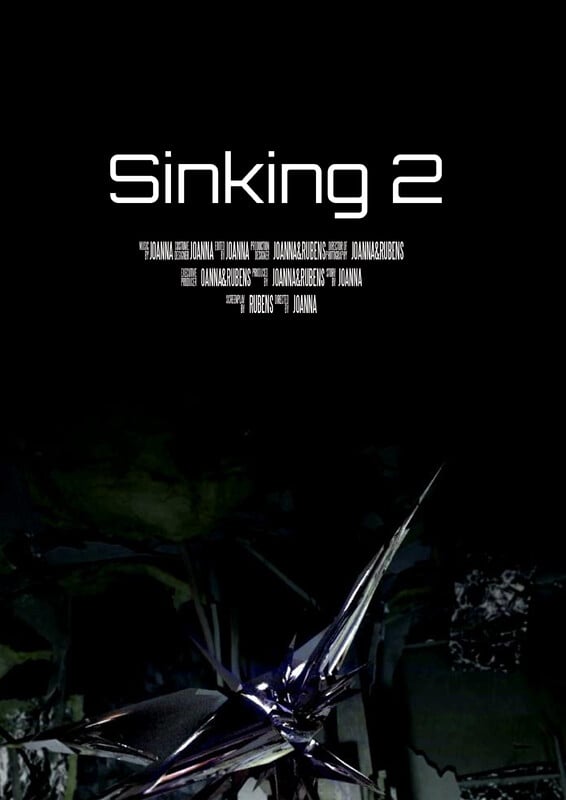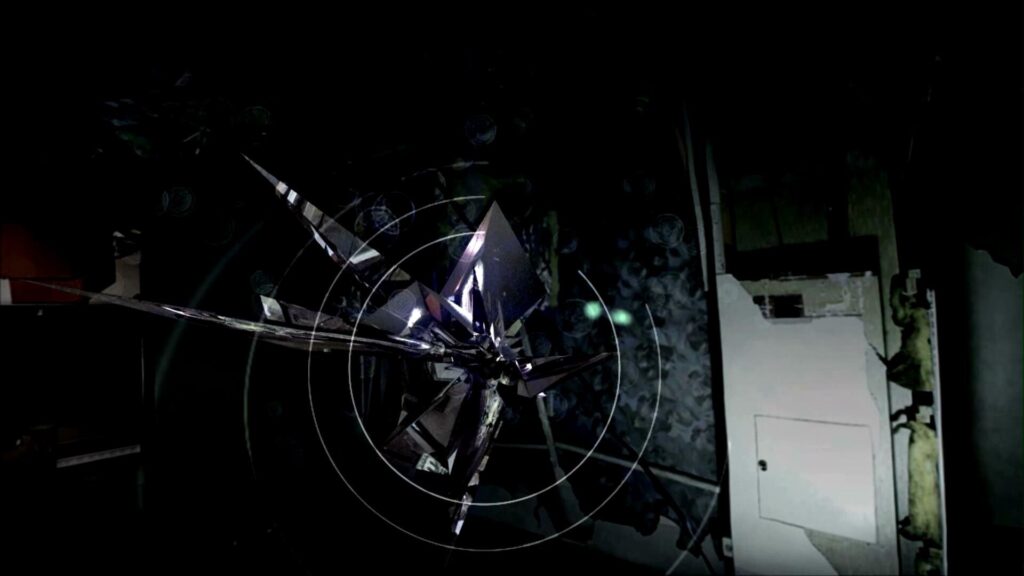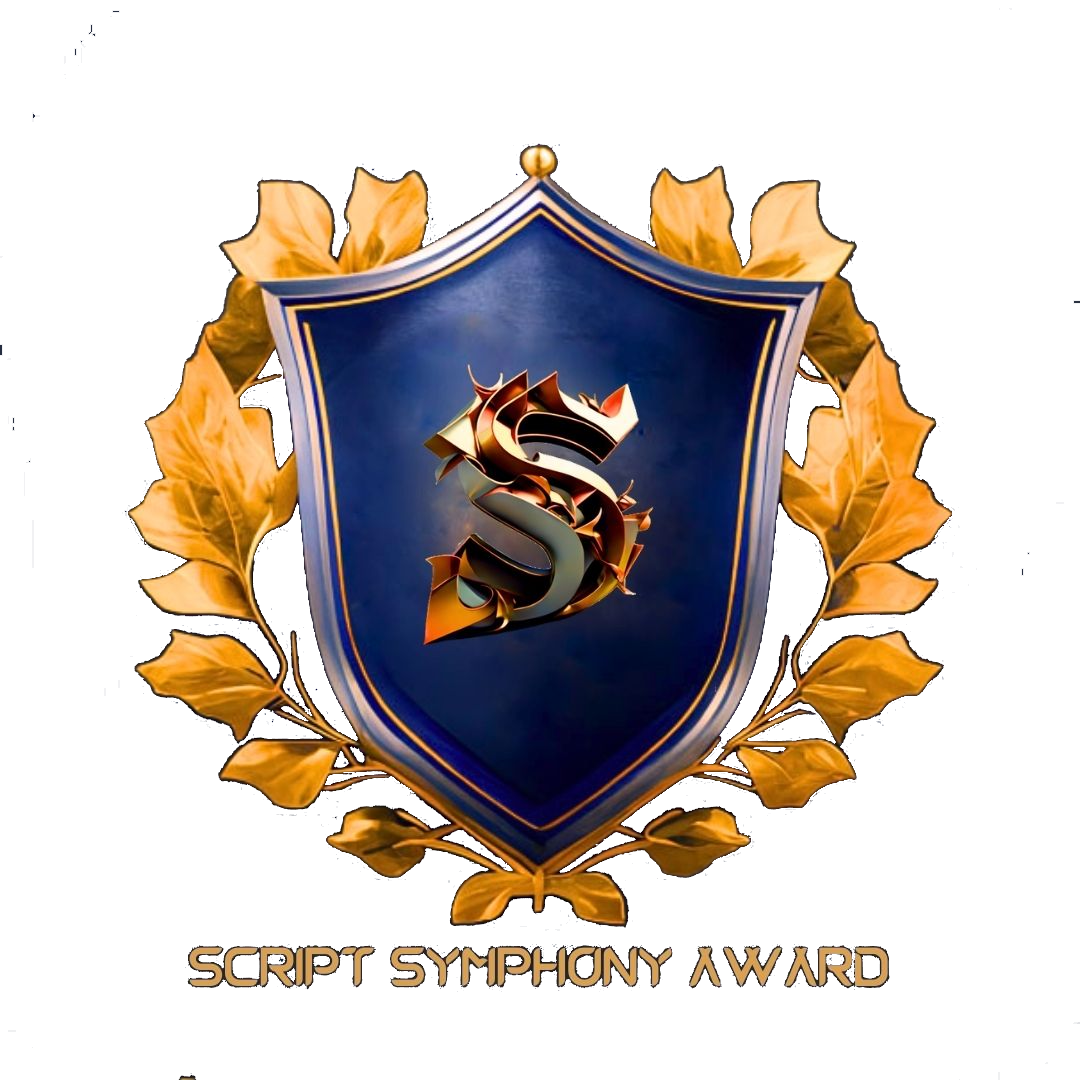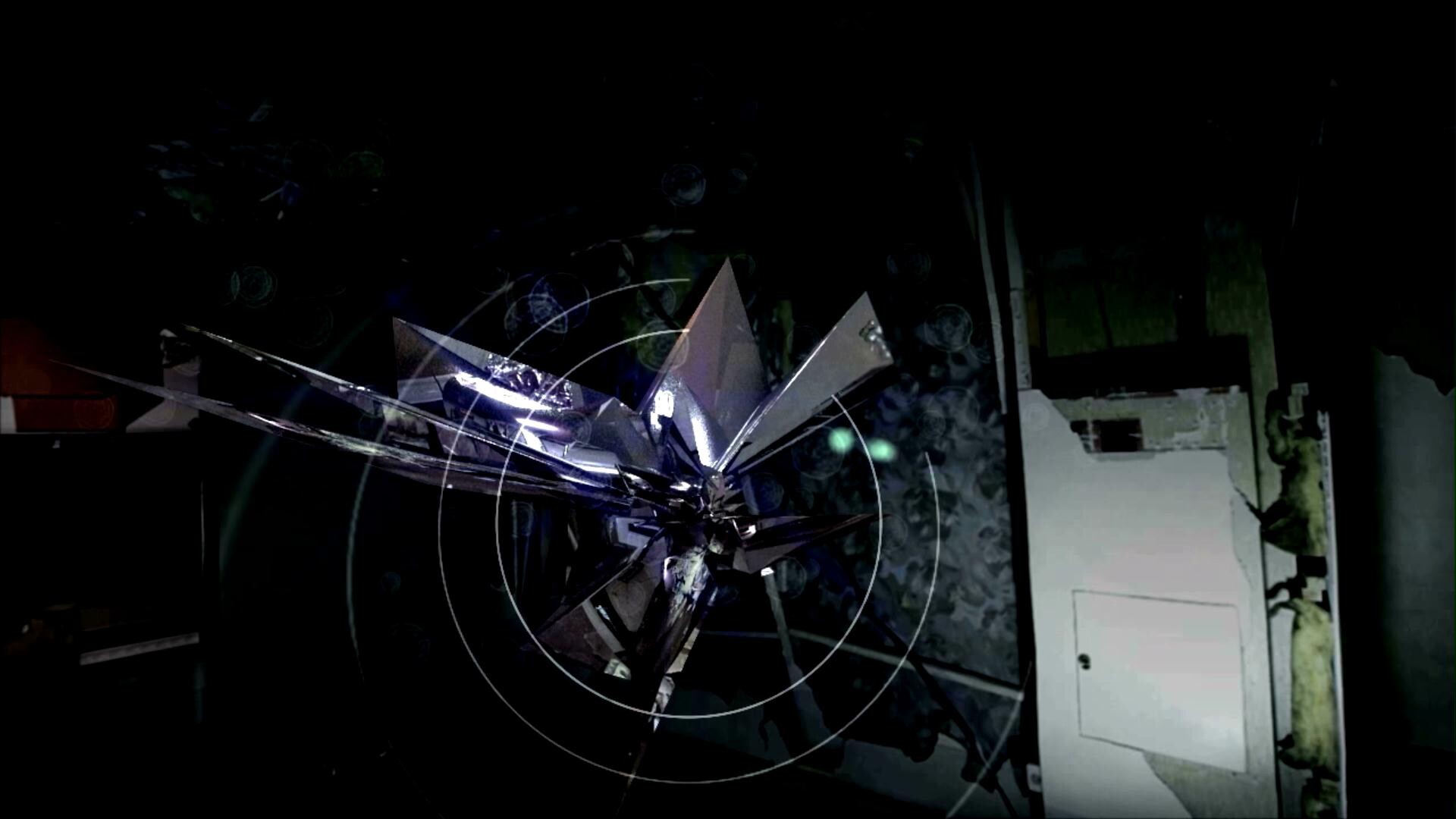💫 SPOTLIGHT / INTERVIEW 💫

An Exclusive Interview with Directors Joanna and Rubens Regarding Their Experimental Film 'Sinking 2'
What inspired you to create "Sinking 2" and how did the concept evolve over time?
Joint works for video creation, application of new technologies for artistic expression media, abstract biological performance and life trajectories of objects, interdependence, conflict, and so all kinds of changes, showing different aspects of the process of thinking and feeling, the music creation transcended “framework melody “and” harmony “, the multi-layered sound turned to sound composed, expressed connotation” Sinking “topic discussion, and as chaos, conflict, deformation and other images, and video creators made through the inner true feelings abstract presentation of the dialogue. After the order “semiotics” as view images, music as a kind of “language”, “Sinking” is through languages and senses, with different symbols, to convey the purpose of integration, thereby enabling the viewer to gain “Sinking” creation and the understanding of the process of dialogue with the self; works both integrity and coherence autologous, but also focus on ideas, content, and more integration-oriented life and generate interaction with other environmental factors . Its theoretical foundation is built on the integration can contain a variety of languages, “semiotics” and “convey” conceptual; established this ability should include visual, auditory, environmental and other languages of the combination and interaction, showing “Sinking” of symbolic message meaningfully communicated to every one appreciators.
Can you explain the significance of the title "Sinking 2"?
The title “Sinking 2” signifies the deeper exploration into the themes of descent and introspection. “Sinking” metaphorically represents a journey into the depths of the human psyche, emotions, and experiences. The number “2” indicates a continuation or a sequel, suggesting a further plunge into these complex layers. This title reflects our intention to delve deeper into the nuances of the human condition, exploring the darker, often hidden aspects of our inner world.

The film explores themes of interdependence, conflict, and transformation. How did you approach representing these complex ideas visually and aurally?
To visually and aurally represent the themes of interdependence, conflict, and transformation, we employed a multi-faceted approach. Visually, we used contrasting color palettes and dynamic camera movements to symbolize the tension and harmony between different elements. We also incorporated abstract visual motifs that evolve throughout the film to reflect the process of transformation. Aurally, we utilized a combination of ambient sounds and an evolving musical score to mirror the emotional and thematic shifts. Interdependent relationships were depicted through harmonious soundscapes, while conflicts were emphasized with dissonant tones and abrupt changes in the audio. Transformation was conveyed by gradually morphing sound patterns, creating a sense of progression and change.
How do you want viewers to interpret the abstract biological performances and life trajectories of objects depicted in the film?
We hope viewers will interpret the abstract biological performances and life trajectories of objects in the film as a reflection of the intricate and interconnected nature of existence. These abstract elements are designed to evoke contemplation about the complexity of life and the unseen forces that shape our world. We encourage viewers to engage with the film on a personal level, finding their own meanings and connections within the abstract imagery. The film aims to stimulate thought and discussion about the symbiotic relationships and transformations that are inherent in all forms of life.
The sound design in "Sinking 2" transcends traditional frameworks. Can you discuss your approach to creating the film's multi-layered soundscape?
In “Sinking 2,” we approached the sound design with the intention of creating a rich, multi-layered soundscape that transcends traditional frameworks. Our goal was to immerse the audience in an auditory experience that complements and enhances the visual elements. We achieved this by integrating a variety of sound sources, including environmental recordings, synthesized sounds, and musical compositions. Each layer was meticulously crafted to evoke specific emotions and to reflect the themes of interdependence, conflict, and transformation. By experimenting with different sound textures and spatial arrangements, we aimed to create a dynamic and immersive auditory journey that resonates with the film’s abstract and complex narrative.
How do you see the relationship between the film's audio and visual elements in conveying its themes?
In “Sinking 2,” we approached the sound design with the intention of creating a rich, multi-layered soundscape that transcends traditional frameworks. Our goal was to immerse the audience in an auditory experience that complements and enhances the visual elements. We achieved this by integrating a variety of sound sources, including environmental recordings, synthesized sounds, and musical compositions. Each layer was meticulously crafted to evoke specific emotions and to reflect the themes of interdependence, conflict, and transformation. By experimenting with different sound textures and spatial arrangements, we aimed to create a dynamic and immersive auditory journey that resonates with the film’s abstract and complex narrative.

As a directing duo, how do you collaborate on projects like "Sinking 2"? What are each of your roles in the creative process?
As a directing duo, our collaboration on projects like “Sinking 2” is built on a foundation of mutual respect and complementary skills. Joanna, with her classical music background, takes the lead on the auditory elements, ensuring that the sound design and score enhance the film’s emotional depth and thematic resonance. Rubens, on the other hand, leverages his expertise in visual arts to shape the film’s visual language, creating a compelling and visually rich narrative. We work closely together during the conceptualization phase, brainstorming ideas and aligning our visions. Throughout the production, we maintain open communication, providing feedback and support to each other to ensure that both the audio and visual elements are harmoniously integrated. This collaborative process allows us to create a unified and immersive cinematic experience.
Can you describe a particularly challenging moment during the production of "Sinking 2" and how you overcame it together?
One particularly challenging moment during the production of “Sinking 2” was when we were trying to synchronize the complex visual effects with the intricate sound design. The scene required a seamless blend of abstract visuals and layered soundscapes to convey the film’s themes effectively. We faced technical difficulties in achieving the perfect timing and harmony between the two elements. To overcome this, we decided to work closely together, combining our expertise. Joanna meticulously adjusted the sound design to match the visual cues, while Rubens fine-tuned the visual effects to align with the audio. We also held several joint sessions where we reviewed the scene repeatedly, making incremental adjustments until we achieved the desired synchronization. This collaborative effort not only resolved the issue but also strengthened our partnership and enhanced the film’s overall impact.
"Sinking 2" incorporates new technologies for artistic expression. How do you see the role of technology in the future of experimental filmmaking?
In “Sinking 2,” the incorporation of new technologies has opened up unprecedented avenues for artistic expression. We believe that technology will play an increasingly pivotal role in the future of experimental filmmaking. It allows filmmakers to explore and visualize abstract concepts in ways that were previously unimaginable. Technologies such as AI, virtual reality, and advanced computer graphics enable us to create immersive environments and intricate visual effects, pushing the boundaries of traditional storytelling. Furthermore, these advancements facilitate a deeper integration of sound and visual elements, enhancing the overall sensory experience for the audience. As technology continues to evolve, it will not only expand the creative possibilities for filmmakers but also transform the way audiences engage with and interpret films. We are excited to see how these innovations will shape the future of the art form.
What kind of emotional or intellectual experience do you hope viewers will have while watching "Sinking 2"?
With “Sinking 2,” we hope to evoke a deeply emotional and intellectually stimulating experience for our viewers. Emotionally, we want the audience to feel a sense of immersion, as if they are part of the unfolding narrative. The film’s abstract visuals and layered soundscapes are designed to provoke a visceral reaction, engaging viewers on a sensory level. Intellectually, we aim to encourage contemplation and discussion about the film’s themes of interdependence, conflict, and transformation. By presenting complex ideas in an abstract form, we hope to inspire viewers to interpret the film in their own unique ways, sparking curiosity and deeper reflection on the interconnectedness of life and the nature of change.

Can you share any upcoming projects or collaborations you are excited about?
We are thrilled to share that we have several exciting projects and collaborations in the pipeline. One of our upcoming projects involves an experimental film that delves deeper into the themes of human consciousness and the boundaries of perception, using cutting-edge technology to push the limits of visual and auditory storytelling. Additionally, we are collaborating with artists and scientists to create a multidisciplinary project that explores the intersection of art, science, and technology. This project aims to fuse visual art with scientific research, offering a unique narrative that challenges traditional forms of media. We are also in the early stages of a collaboration with an international team to produce a series of short films that highlight diverse cultural perspectives on environmental issues. These projects represent our continued commitment to innovation and our passion for exploring new creative territories.
What advice would you give to aspiring experimental filmmakers looking to push the boundaries of traditional film?
My advice to aspiring experimental filmmakers would be to fearlessly explore new ideas and techniques, without being confined by traditional norms. Embrace experimentation and innovation, and don’t be afraid to take risks in your artistic pursuits. Push the boundaries of storytelling and visual expression, and seek inspiration from a wide range of sources, including other art forms, scientific discoveries, and cultural movements. Collaborate with like-minded individuals who share your passion for pushing the boundaries of traditional film, and never stop learning and evolving as an artist.

